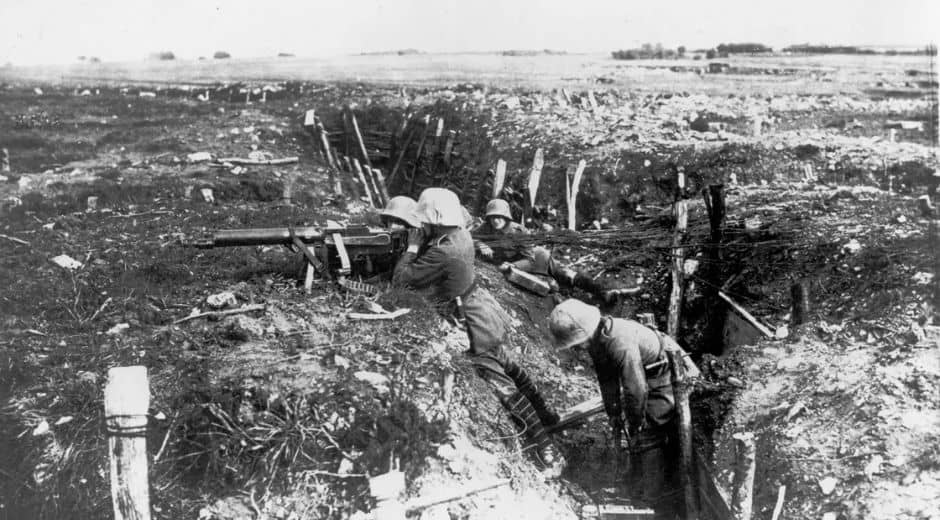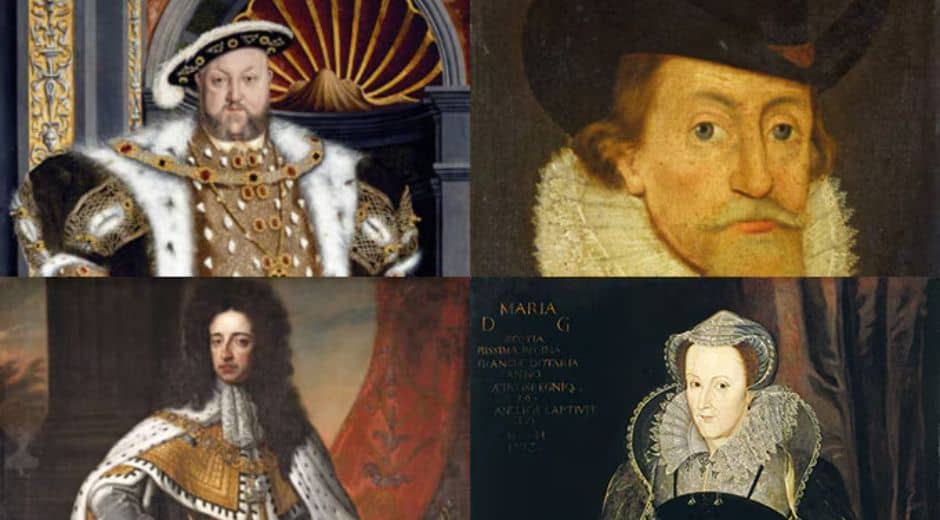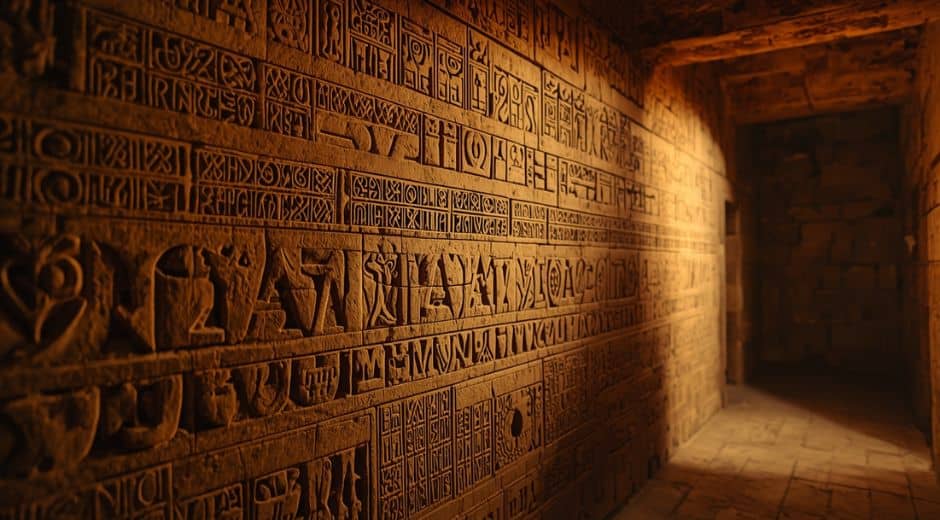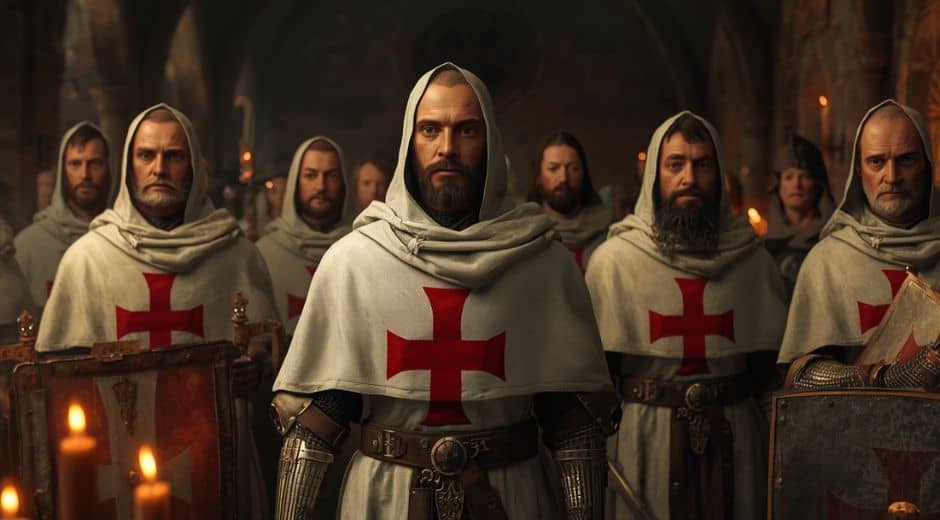The Black Death: Hidden Impact Behind the Plague
Few events in human history changed the world as profoundly as the Black Death. Sweeping across Europe in the mid-14th century, this plague killed millions, but its hidden consequences went far beyond loss. The Black Death was not only a tragedy but also a turning point — a catalyst for deep social, economic, and cultural transformation that shaped the modern era.
The Unseen Arrival
The Black Death reached Europe around 1347, likely through trade routes from Asia carried by merchants and sailors. The disease, caused by the bacterium Yersinia pestis, spread rapidly through fleas and rats. Within a few short years, it wiped out nearly a third of Europe’s population.
But the true story of the Black Death lies not only in the deaths it caused, but in how societies adapted and rebuilt. Out of despair came resilience, and out of collapse, reinvention.
Economic Upheaval
When the Black Death struck, it shattered the feudal economy. With so many workers gone, labor suddenly became scarce. Peasants and craftsmen gained new bargaining power, demanding higher wages and better conditions. Landowners, desperate to maintain production, had little choice but to comply.
This unexpected shift weakened feudalism, paving the way for new economic systems. Cities began to grow, trade revived, and social mobility expanded. The Black Death, in its devastation, quietly laid the groundwork for the modern middle class.
For a detailed study on how the plague reshaped Europe’s economy, visit History.com, where experts trace how the Black Death set the stage for capitalism’s rise.
Shifts in Faith and Thought
Faith was deeply tested during the Black Death. Many believed the plague was divine punishment, leading to widespread fear, religious fanaticism, and persecution of minorities. Yet amid this despair, new forms of spirituality and questioning began to emerge.
As the Church struggled to provide answers, scholars and philosophers sought truth through observation and reason. This quiet shift helped plant the intellectual seeds of the Renaissance. The Black Death, though catastrophic, sparked humanity’s deeper search for knowledge and understanding.
Hidden Cultural Transformations
Art and literature changed profoundly after the Black Death. Themes of mortality, rebirth, and human fragility became central to European expression. The Danse Macabre — depictions of death leading people of all ranks in a dance — reflected both terror and acceptance.
Writers such as Boccaccio captured the emotional chaos of the era in works like The Decameron, blending humor, tragedy, and social critique. Through art, Europe found a way to process trauma and redefine life’s meaning.
At Chronostual, we uncover these hidden transitions, showing how the Black Death transformed not just health and society, but the very soul of European culture.
Women and Social Change
One of the least discussed legacies of the Black Death was its impact on gender roles. As populations declined, women took on roles traditionally held by men — in trade, medicine, and local governance. Although these gains were gradual, they began altering perceptions of women’s place in society.
The new responsibilities women carried during the recovery period paved the way for greater participation in public and economic life in centuries to come.
Global Echoes and Medical Lessons
The Black Death was not confined to Europe. It reshaped Asia and the Middle East, influencing migration, trade, and governance across continents. Cities along the Silk Road were devastated, altering the course of international commerce for decades.
The struggle to understand and contain the disease also advanced early public health measures. Quarantine — from the Italian quaranta giorni meaning “forty days” — became a standard practice that saved countless lives in later epidemics.
For extended global research on the origins and medical impact of the Black Death, explore TasteFlavorBook, where studies trace how the world’s response evolved into modern epidemiology.
Memory and Myth
Over centuries, the Black Death became more than history — it became legend. Folklore, art, and even religious movements kept its memory alive as a symbol of both destruction and renewal. It taught societies the value of resilience and adaptation.
Even today, its lessons resonate whenever humanity faces crises, reminding us that from the darkest moments can emerge the greatest transformations.
Conclusion
The Black Death was a tragedy of unimaginable scale, yet it was also an agent of rebirth. It broke feudal structures, changed labor systems, inspired intellectual awakening, and reshaped cultural identity.
What was once a time of fear ultimately became a foundation for progress. The Black Death revealed humanity’s capacity to endure, adapt, and rebuild — proving that history’s most hidden forces often create its most lasting change.
History Insight Legacy

The French Revolution: When the People Rose
The French Revolution ignited a new era of freedom, equality, and human rights, transforming society and inspiring movements that shaped the modern world.

Leonardo da Vinci: Genius Beyond Time
Leonardo da Vinci, the ultimate Renaissance mind, merged art, science, and imagination to redefine creativity and human potential across centuries.

The Black Death: Hidden Impact Behind the Plague
The Black Death reshaped medieval Europe in ways beyond devastation, triggering hidden social, cultural, and economic transformations that redefined civilization.












